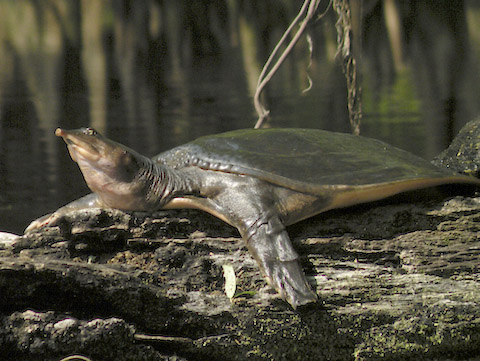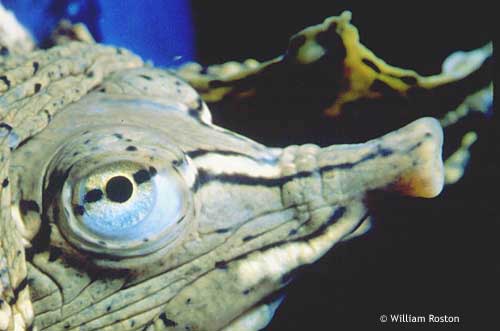

that's a big wildcard." Some say the slider is 'vilified'įifteen years ago, Marc Ouellette started a reptile rescue called Little RES Q to take in discarded turtles. "An infected turtle released into a wetland. He fears released pets will spread diseases and threaten wild populations. This is considered the largest single aggregation of turtles in the world. and southern Ontario.ĭuration 1:02 The Wildlife Conservation Society has released footage of the annual nesting and hatching of Latin America’s largest freshwater turtle species from nesting beaches along the Guaporé/Inténez River, at the border of Brazil and Bolivia. Sliders now survive in many urban ponds, especially in B.C. "T-Rex vanished, but the turtle survived, which says something about their ability to endure." That's a concern given the fact that all eight of Canada's native freshwater turtle species are at risk, making them "the most endangered group of wildlife in Canada," according to David Seburn, a freshwater turtle specialist with the Canadian Wildlife Federation. Red-eared sliders are considered one of the most invasive species, as they were the most common turtle sold as pets. "In the east there are seven or eight other turtle species so they're at least a little more adapted to competition," she said. And the impacts are even harsher when there's only one native turtle, as is the case in B.C. (Kyle Robertson Thomson)ĭiscarded pet turtles can also spread parasites, respiratory and other illnesses, she explained.


They grow faster."Ī red-eared slider turtle, which is considered one of the most invasive species. "The the rule with basking is, the biggest turtle wins, and sliders are bigger. I've seen them sink the logs," said Mitchell. " will ultimately exclude western painted turtles from basking. She says they hog the sunniest logs and push the smaller turtles into riskier habitat, such as near fishing spots where they risk getting close to humans, dogs and fish hooks. and the lower Fraser Valley, blamed on everything from traffic to wetland loss and invasive species, like bullfrogs and other turtles, according to the ECCC.

Painted turtle populations have faced a steep decline in southwestern B.C. All are noted for the bright markings on the edge of the shell, yellow stripes down their head or neck and a bright abstract pattern on their lower shell that can range from yellow to orange, according to the Nature Conservancy of Canada.Įnvironment and Climate Change Canada says there are no exact populations counts, but estimates there are about 3,000 or fewer adults on the Pacific Coast and up to 20,000 inland, from the Rockies to the Canadian Shield. Of the three main populations of turtles - western, eastern and midland - the largest are the western painted turtles, which can grow up to 25 centimetres in length.


 0 kommentar(er)
0 kommentar(er)
